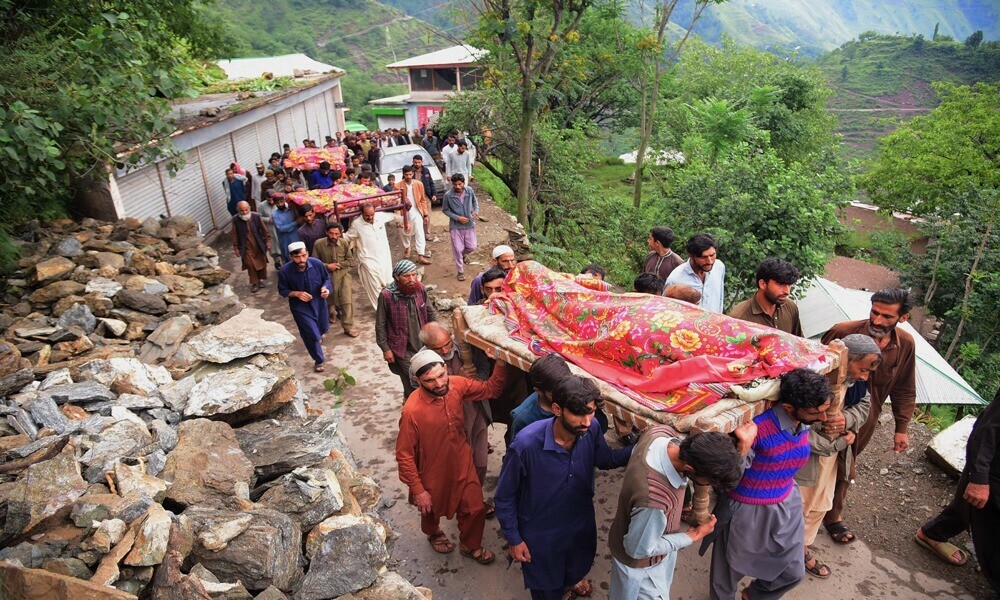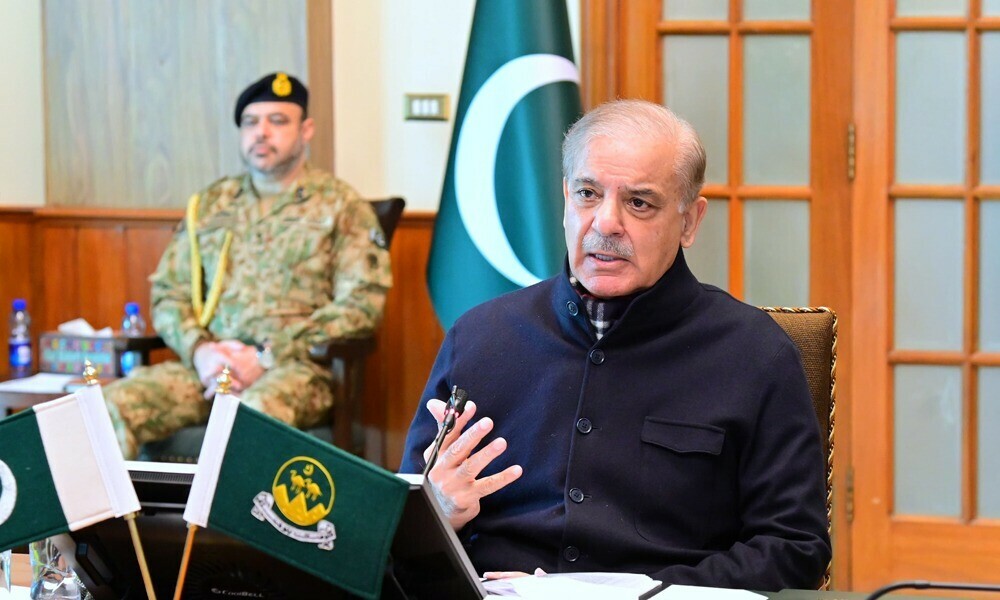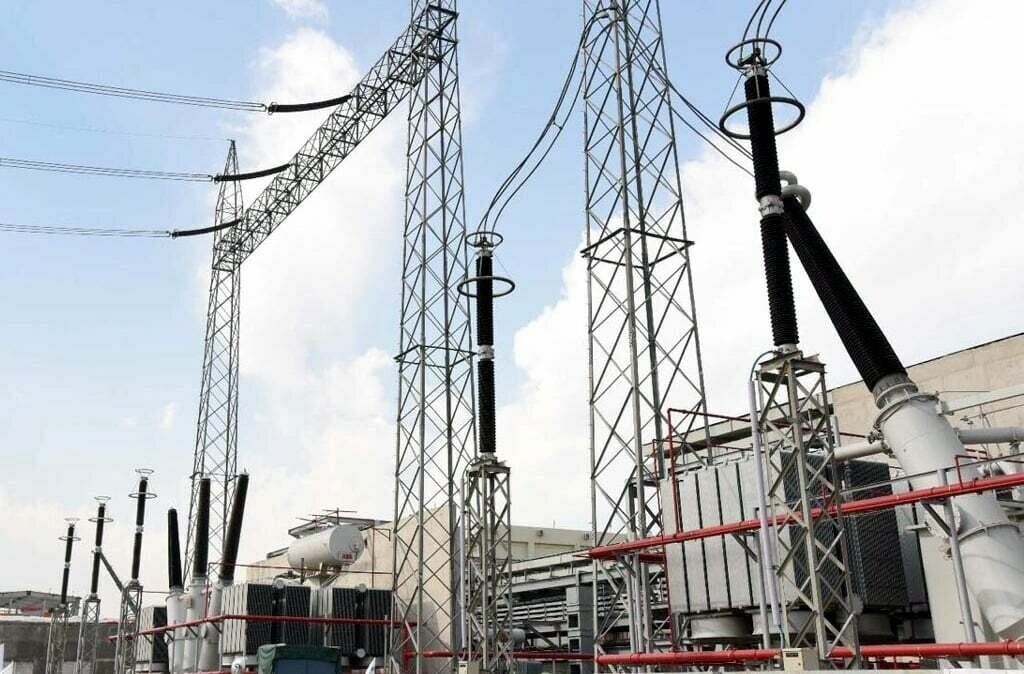PTBP Web Desk
The seventh spell of monsoon rains in Pakistan has unleashed widespread devastation in the upper regions of the country, leaving behind a trail of destruction and loss. Torrential downpours, cloudbursts, landslides, and flash floods in various districts of Khyber Pakhtunkhwa (KP) have claimed more than 300 lives in just two days, according to official reports.
A detailed assessment by the Provincial Disaster Management Authority (PDMA) KP revealed that 307 people lost their lives, while 23 sustained injuries within the last 48 hours. The natural calamity has left entire communities cut off, houses damaged, and critical infrastructure severely affected.
The deputy commissioner of Buner district confirmed that 184 bodies have been recovered so far. This alarming figure makes Buner one of the hardest-hit areas, prompting authorities to declare it a calamity-stricken district alongside Bajaur, Battagram, and Mansehra.
On Friday, torrential rains and cloudbursts also struck Azad Kashmir, Gilgit-Baltistan, and other regions of KP, paralyzing life with landslides, flash floods, and soil erosion. Key road links have been washed away, leaving several areas inaccessible.
According to PDMA’s report, the fatalities include 279 men, 15 women, and 13 children. Among the injured are 17 men, four women, and two children.
- Shangla: 36 dead, 8 injured
- Bajaur: 21 dead, 8 injured
- Mansehra: 23 dead, 2 injured
- Swat: 22 dead
- Battagram: 15 dead
- Lower Dir: 5 dead, 3 injured
- Abbottabad: 1 dead, 2 injured
This grim tally highlights the scale of the humanitarian crisis in northern Pakistan.
Beyond the heavy loss of life, the disaster has left hundreds homeless. The PDMA confirmed that:
- 11 houses were completely destroyed,
- 74 homes were damaged,
- 63 homes suffered partial damage.
The worst-hit districts include Swat, Buner, Bajaur, Torghar, Mansehra, Shangla, and Battagram. Several families have been forced to seek shelter with relatives or in temporary relief camps as reconstruction needs mount.
In response to the tragedy, the Khyber Pakhtunkhwa Chief Minister has ordered the immediate release of emergency relief funds. A total of Rs500 million has been allocated for relief and rehabilitation efforts in the most severely affected districts.
- Buner: Rs150 million
- Bajaur, Battagram, and Mansehra: Rs100 million each
- Swat: Rs50 million
Authorities have also warned that intermittent heavy rainfall is expected to continue until August 21, urging residents in vulnerable areas to remain cautious.
As government agencies race against time, the Edhi Foundation has stepped in with large-scale rescue and recovery efforts. Under the guidance of Faisal Edhi, volunteers have been actively working in Buner.
So far, the Edhi team has:
- Recovered 44 bodies, including 15 children.
- Rescued 80 people and shifted them to safer locations.
- Transported the dead from Daggar Hospital Buner and THQ Hospital to their native villages.
Details from the Edhi Information Bureau confirm that:
- 20 bodies were taken to Pashanwi village,
- 15 to Bhati Kalay,
- 8 to Malikpur,
- 1 to Sultanwas area.
“Edhi Foundation volunteers are continuing their relief efforts across the district, working to assist the affected population,” the bureau reported.
The monsoon disaster in KP underscores Pakistan’s growing vulnerability to climate change, where heavy rains and flash floods have become increasingly destructive. With entire families wiped out in some areas, the tragedy has sparked calls for stronger disaster preparedness and long-term infrastructure planning.
Experts warn that without improved flood management systems and climate adaptation strategies, similar disasters will continue to devastate rural and mountainous communities in Pakistan.




